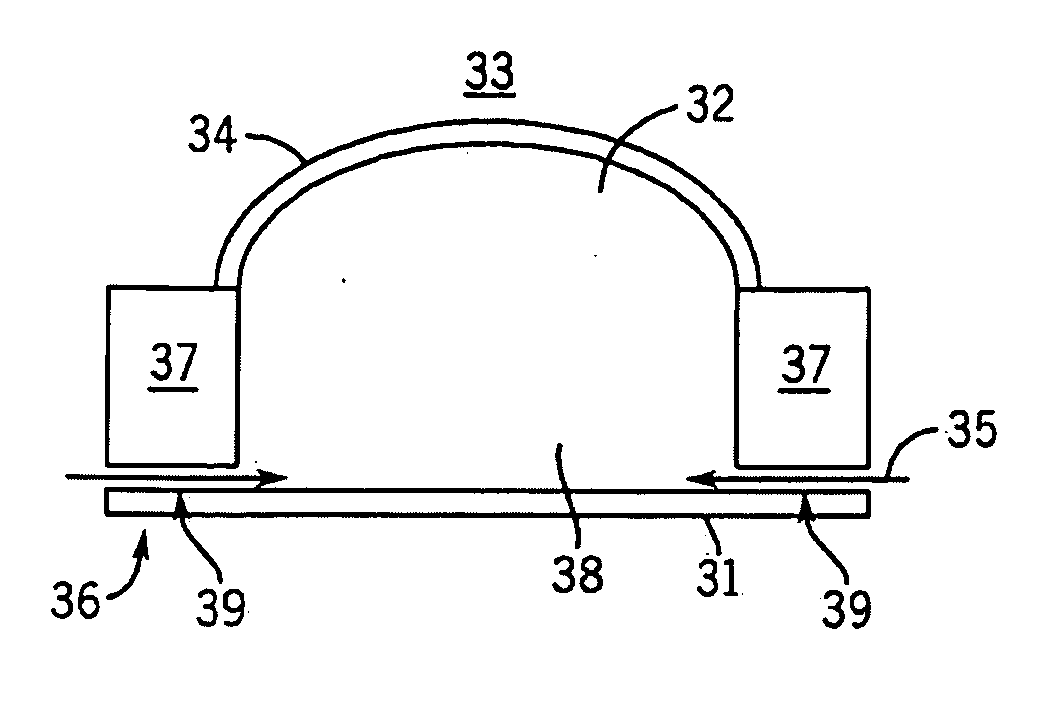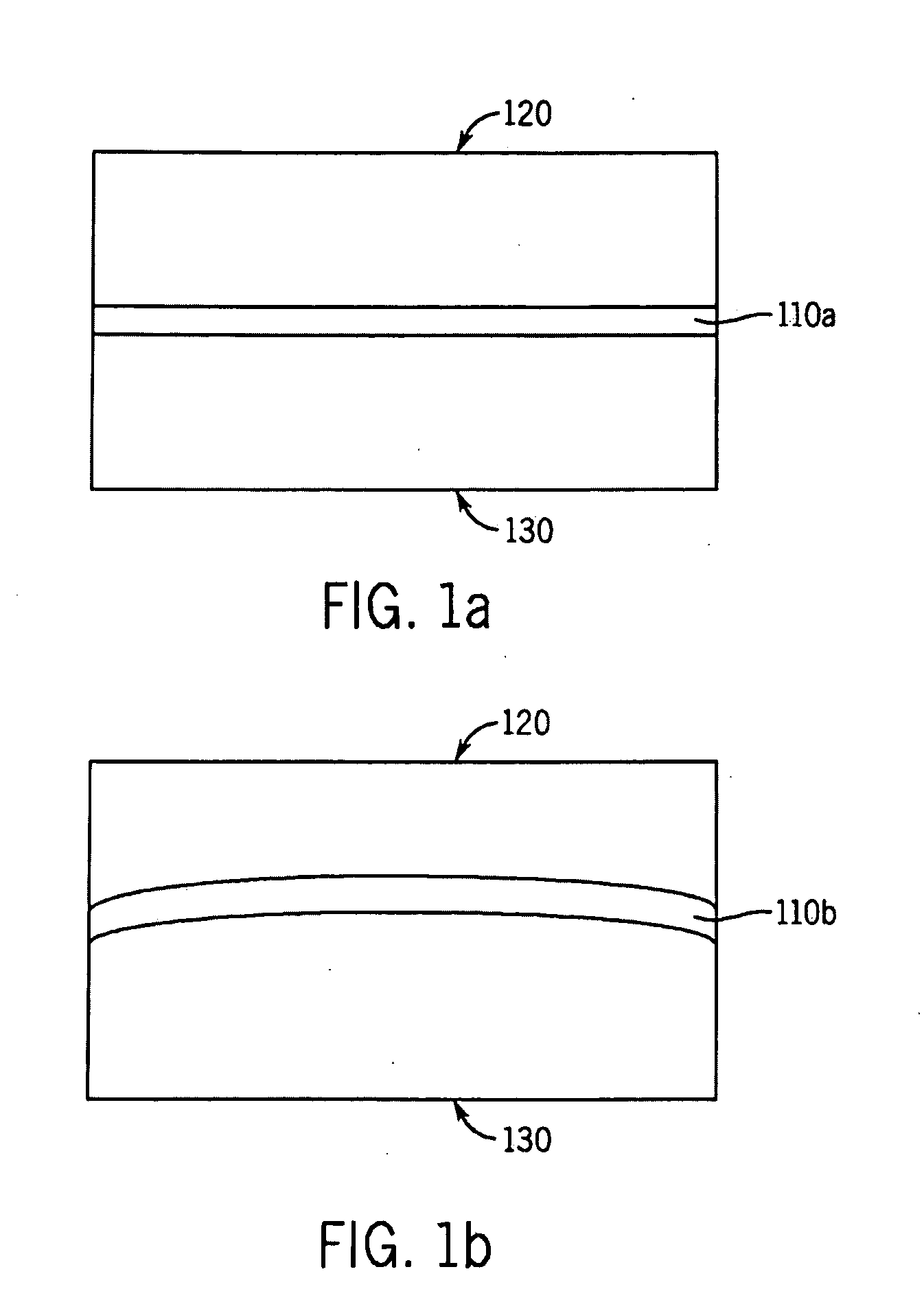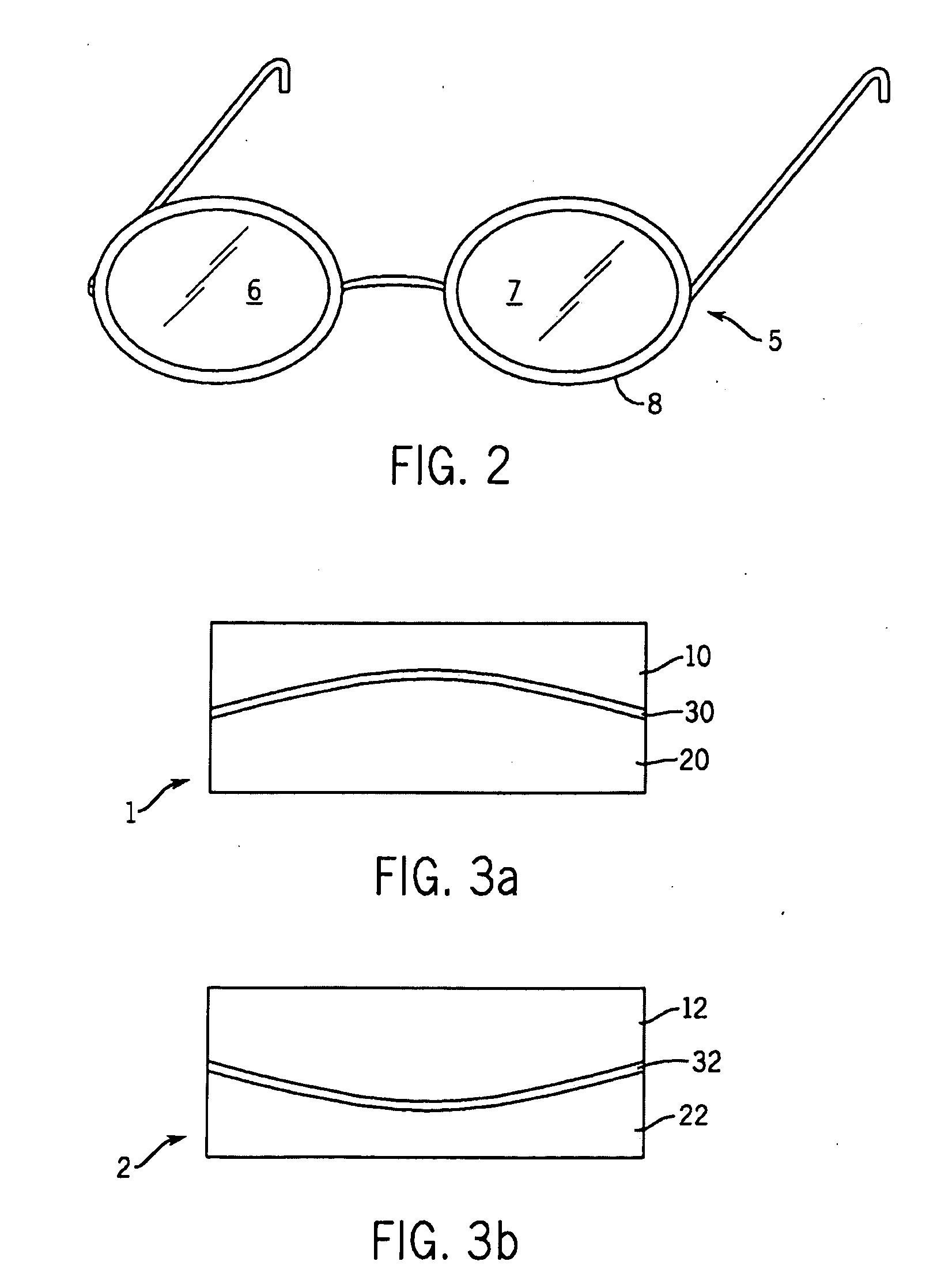Fluidic Adaptive Lens Systems and Methods
a technology of adaptive lens and fluidic lens, which is applied in the field of optical lenses, can solve the problems that the precise shape of the lens is not easy to manufacture at low cost, and the patient's eyeglasses are often difficult to receive new pairs of glasses. , to achieve the effect of high transmission, low attenuation, and high index of refraction
- Summary
- Abstract
- Description
- Claims
- Application Information
AI Technical Summary
Benefits of technology
Problems solved by technology
Method used
Image
Examples
Embodiment Construction
[0045]Embodiments of the present invention concern the design and construction of fluidic adaptive lenses, as well as the use of one or more such lenses in a variety of environments and applications. Indeed, embodiments of the present invention include a variety of applications and environments in which one or more fluidic adaptive lenses can be employed including, for example, eyeglasses, zoom lens systems, microscopes, video monitors, video recorders, optical recording mechanisms, bar-code readers, systems with magnifying functions, surveillance equipment, security equipment, inspection equipment, agile imaging equipment, target tracking equipment, copy machines, scanners, cell phones, personal digital assistants (PDAs), notebook computers, telescopes, magnifying glasses, optometrist equipment, surgical equipment, biometric equipment such as iris scanning equipment and fingerprint-scanning equipment, and other devices that require lenses.
[0046]At least some embodiments of the pres...
PUM
 Login to View More
Login to View More Abstract
Description
Claims
Application Information
 Login to View More
Login to View More - R&D
- Intellectual Property
- Life Sciences
- Materials
- Tech Scout
- Unparalleled Data Quality
- Higher Quality Content
- 60% Fewer Hallucinations
Browse by: Latest US Patents, China's latest patents, Technical Efficacy Thesaurus, Application Domain, Technology Topic, Popular Technical Reports.
© 2025 PatSnap. All rights reserved.Legal|Privacy policy|Modern Slavery Act Transparency Statement|Sitemap|About US| Contact US: help@patsnap.com



